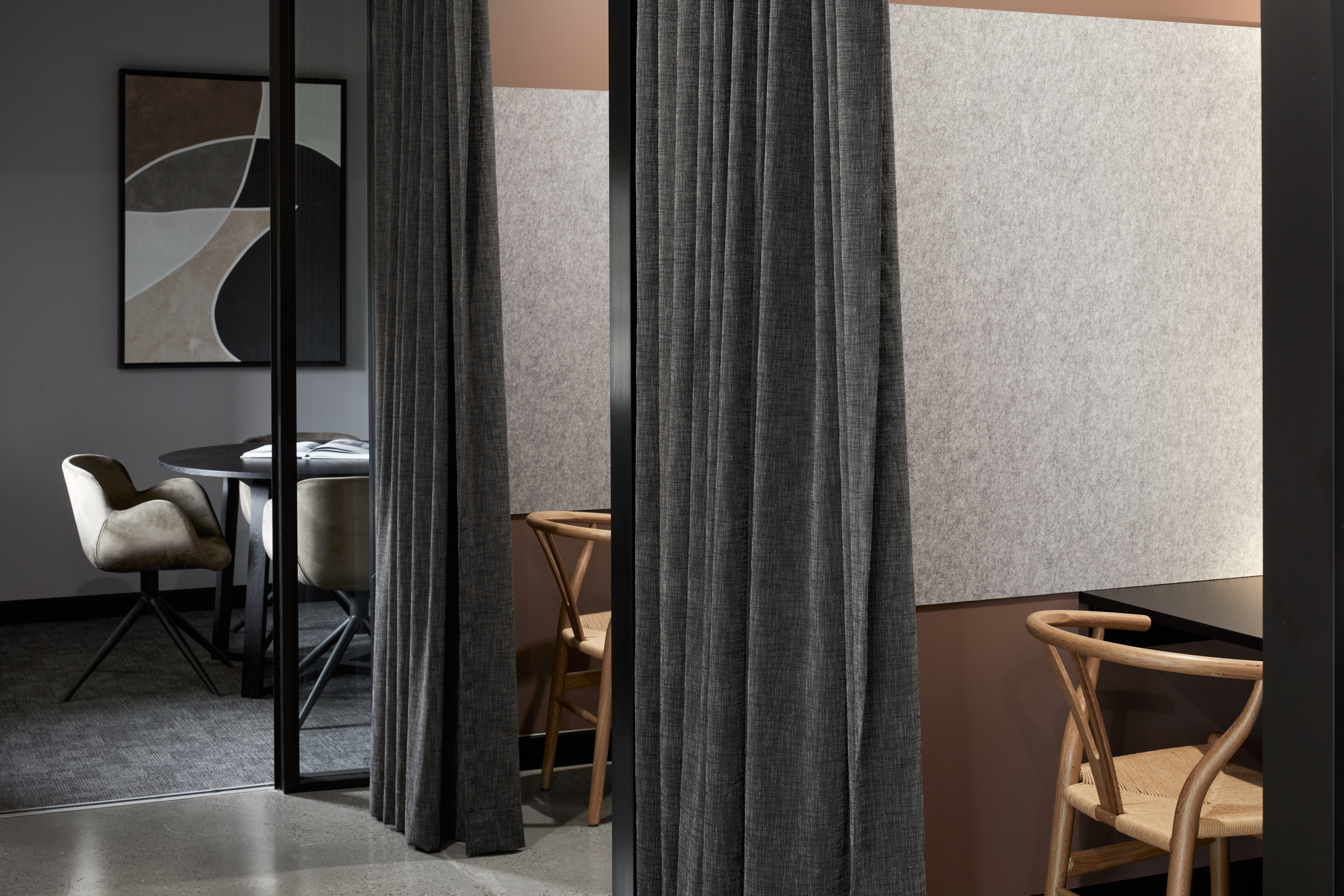Property prices dropped -1.4% across the country in September. Whilst any drop is hard to hear for homeowners (especially ones that purchased within the last year), there might be some reason to be optimistic.
Between March 2020, which is widely regarded as 'the start of the pandemic' and April 2022, the peak for property values, Australian dwelling prices increased by 28.6%. They have, however, fallen -4.8% since then.

It must be said, though, that there is not just one Australian property market. There are literally thousands, depending on things such as location and type of property. And not all markets peaked at the same time. For instance, prices in Sydney peaked first in January 2022, whereas Perth and Adelaide prices took another six months. We've been saying for some time that the market here in Newcastle was probably strongest in November 2021, then moved sideways for a few months before starting to fall around April.
Since Sydney's peak, data provider Core Logic calculated that prices have fallen -9.0%. They also bundle everywhere in NSW that is not Sydney and call this 'the rest of NSW'. This area increased a whopping 47.6% during the pandemic, peaking in May 2022 and has fallen -4.6% since then. They don't report on Newcastle specific numbers, but we believe our rate of growth and decline is closer to Sydney's.
That huge increase across regional NSW includes significant rises in places like Byron Bay when buyers were fleeing big cities in search of a new life 'in the country'. Many younger buyers had the ability to work from home for the first time and took full advantage.
Intrastate migration figures are unavailable for this period, but we sense that significantly fewer Sydney buyers are moving north compared to last year. Perhaps they are staying in Sydney as prices are becoming more affordable. Or due to the pace of regional price growth, areas like ours are less affordable than they once were. Perhaps jobs that can be done remotely are more challenging to find these days as employers start calling staff to return to the office on a more permanent basis.
On the ground, the number of people turning up to open homes has stabilised. Buyers continue to be nervous about making decisions but certainly are not cautious about making low offers. They are, however, easily spooked and will withdraw their offer for the mildest of concerns. Last year's buyers, on the other hand, were prepared to take much bigger risks.
As agents, we are always looking for signs of the bottom. That exciting moment when prices start to go up, and buyers start to think they had better jump in before it is too late.
The reason for some excitement from this month's data is that while prices across the country dropped -1.4% in September, this was slightly lower than the -1.6% recorded in August. This moderation was even more noticeable in Sydney, where the monthly rate of decline eased from -2.3% in August to -1.8%
in September. We like to look closely at what is happening in Sydney as the data is more accurate, and it is often a leading indicator of what will happen next here in Newcastle.
But is this 'moderation' in declines cause for celebration? Well, not quite just yet. You certainly wouldn't have to look far to find an updated analysis from a major bank that we are still only halfway through this downward cycle. Not that these always turn out to be correct.
For the optimists out there, the RBA's decision to lift interest rates by a smaller than expected 0.25% in October is another reason for a tiny bit of excitement. When interest rates peak, we'd expect sentiment will change. Recent (but small) improvements in the national auction clearance rates are also encouraging.
But, it must be stated that these are very early, very small green shoots. Equally, it could be argued that prices haven't fallen further because of the very limited number of homes on the market. Prices went up during the pandemic because there were significantly more buyers than sellers. Prices will generally fall when the supply of homes for sale exceeds the number of buyers willing to purchase (all other things being equal). But that oversupply of homes has not occurred.
The number of new listings that hit the market across the country in September was -12% lower than the same period a year ago and -10% below the previous five-year average. This translated to -11.4% fewer transactions than last year (more terrible news for us agents). So what is happening is fewer people are buying and fewer people are selling.
It seems prospective sellers are happy to wait out the housing downturn rather than try to sell under more challenging market conditions. So, buyers might have the upper hand right now, but it doesn't mean their options are unlimited.
This is our last property report for the year. For us agents, it has been a rollercoaster of a year. We can't help but think there will be more people selling next year, and hopefully, the bottom of this cycle will come and go. But, in the crazy world we live in at the moment, who really knows?

